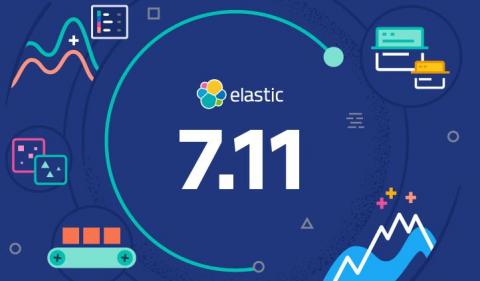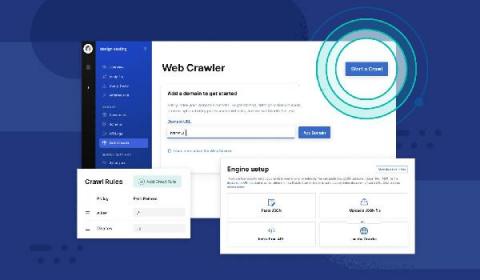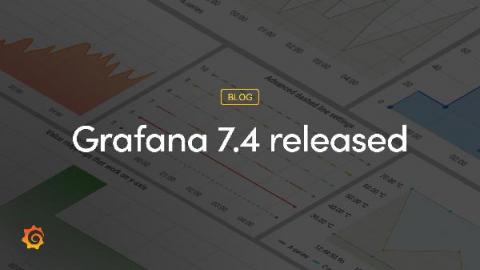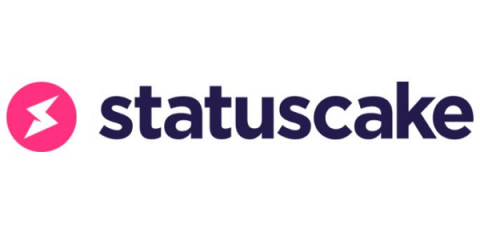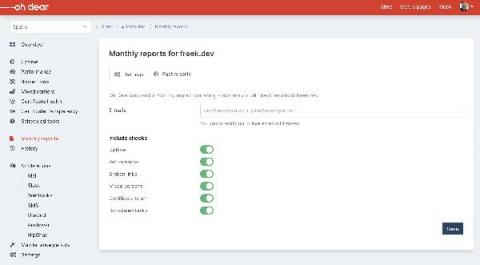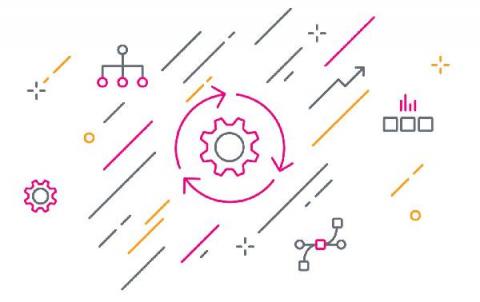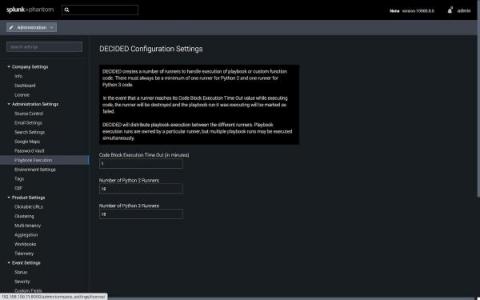Alloy Navigator mobile app expands with Change Management and Approvals
The phone app for mobile access to Alloy Navigator™ ITSM software keeps getting better and gains more features with every update. This time around, the mobile app takes on change management to help your team request infrastructure or process-related changes and take action on approval requests using phones or tablets.



